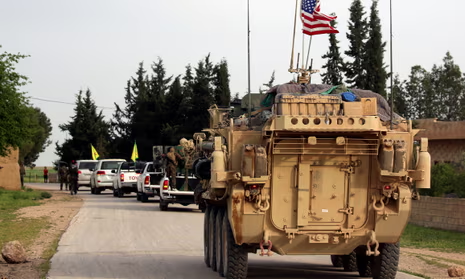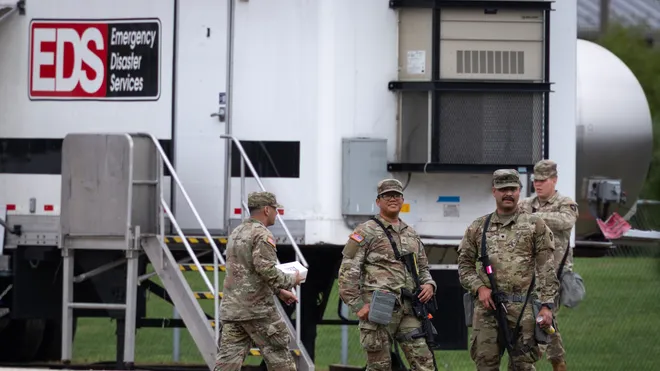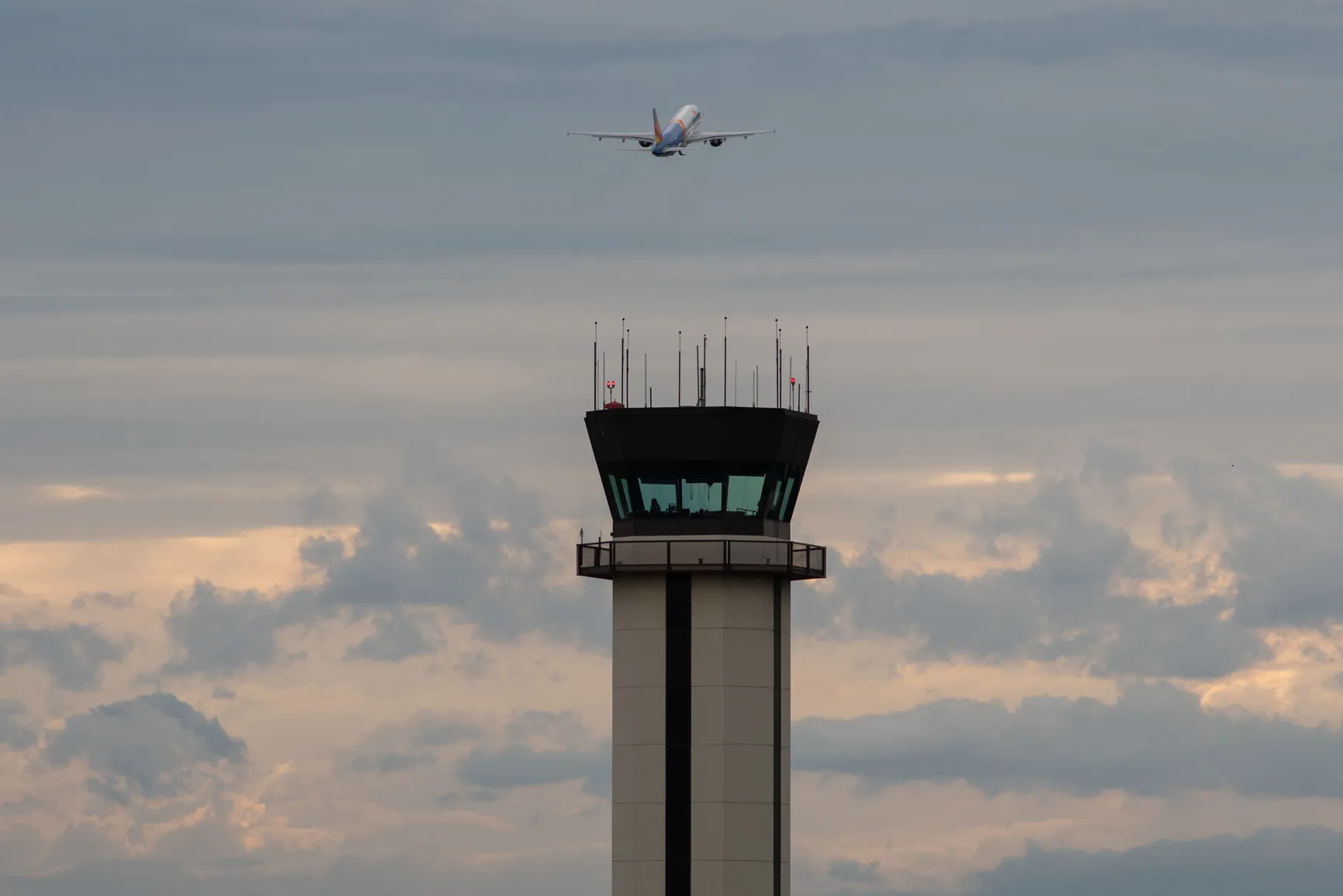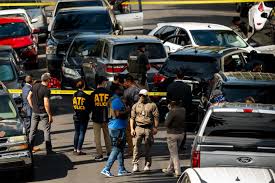
U.S. Troops in Middle East Face Mounting Risk Amid Iran Blowback Concerns
As tensions escalate across the Middle East, U.S. military officials and analysts are warning that over 40,000 American troops stationed in the region could face increasing threats from Iranian-backed militias and political blowback tied to growing instability.
While the Pentagon has not publicly disclosed any immediate plans for withdrawal or repositioning, sources within U.S. defense circles acknowledge rising anxiety over the possibility of Iran or its regional proxies retaliating against American forces in response to shifting alliances, sanctions pressure, and ongoing military operations in the region.
🇮🇷 The Iran Factor
Iran’s influence across the Middle East remains widespread, from Hezbollah in Lebanon and Shiite militias in Iraq, to Houthi rebels in Yemen and militant networks in Syria. With the collapse of nuclear negotiations and increased sanctions enforcement by the U.S., Tehran has signaled that it may respond with asymmetric tactics, targeting U.S. interests and allies both directly and indirectly.
Recent attacks on U.S. bases in Iraq and Syria—attributed to Iranian-backed groups—have injured several American personnel. Although such attacks have been intermittent, the threat of escalation has not diminished.
“Iran has built a deep bench of proxy forces capable of striking U.S. assets with plausible deniability,” said a senior intelligence official. “Every regional flare-up puts American troops in harm’s way.”
🪖 Troops Spread Across the Region
Approximately 40,000 U.S. military personnel are deployed across the Middle East and surrounding areas, including:
-
Iraq and Syria – advisory and counterterrorism missions
-
Kuwait, Bahrain, Qatar, and UAE – strategic bases and logistical hubs
-
Jordan and Saudi Arabia – training and intelligence support
-
Red Sea and Persian Gulf – Navy presence through carrier strike groups and patrols
These forces play a vital role in counterterrorism, deterrence against Iran, and support for allies. But their visibility also makes them targets for retaliation should tensions spill over into conflict.






